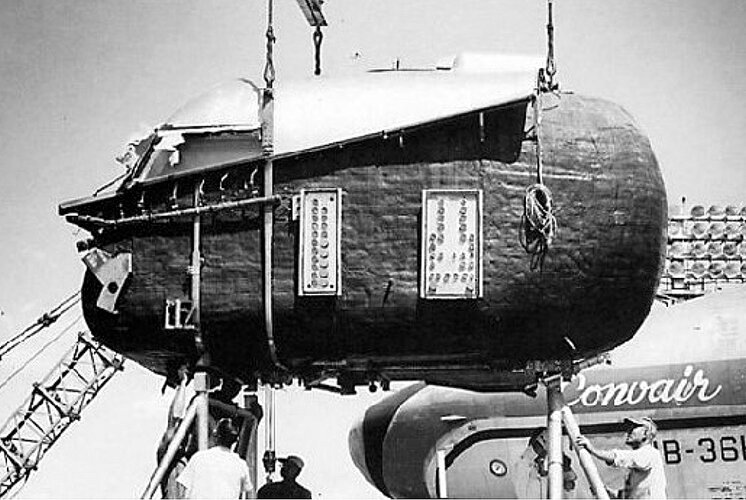aam641
One needs a personality to have a personal text!
- Joined
- 26 December 2011
- Messages
- 109
- Reaction score
- 11
You may have already seen this at http://www.aerospaceprojectsreview.com/blog/?p=872
Attached is a picture of what looks like radiation doses around the nuclear engine. My quick conversion gives me 1000 Gy/hr in zone I and 5 Gy/hr in zone VIII. Could somebody knowledgeable check these numbers, because they look very very high, even for the 60s.
... in 1961 GE proposed modifying a B-52G to serve as a testbed for a single XNJ140E-1 nuclear turbojet. The very large engine would be contained in a nacelle attached to the port rear fuselage. With eight conventional J57 chemical turbojets, the testbed aircraft would be capable of putting the engine through the altitude and airspeed paces that would be expected of it in the NX-2 nuclear powered bomber demonstrator (35,000 feet and Mach 0.8). This configuration would be capable of sustained nuclear flight.
Attached is a picture of what looks like radiation doses around the nuclear engine. My quick conversion gives me 1000 Gy/hr in zone I and 5 Gy/hr in zone VIII. Could somebody knowledgeable check these numbers, because they look very very high, even for the 60s.

